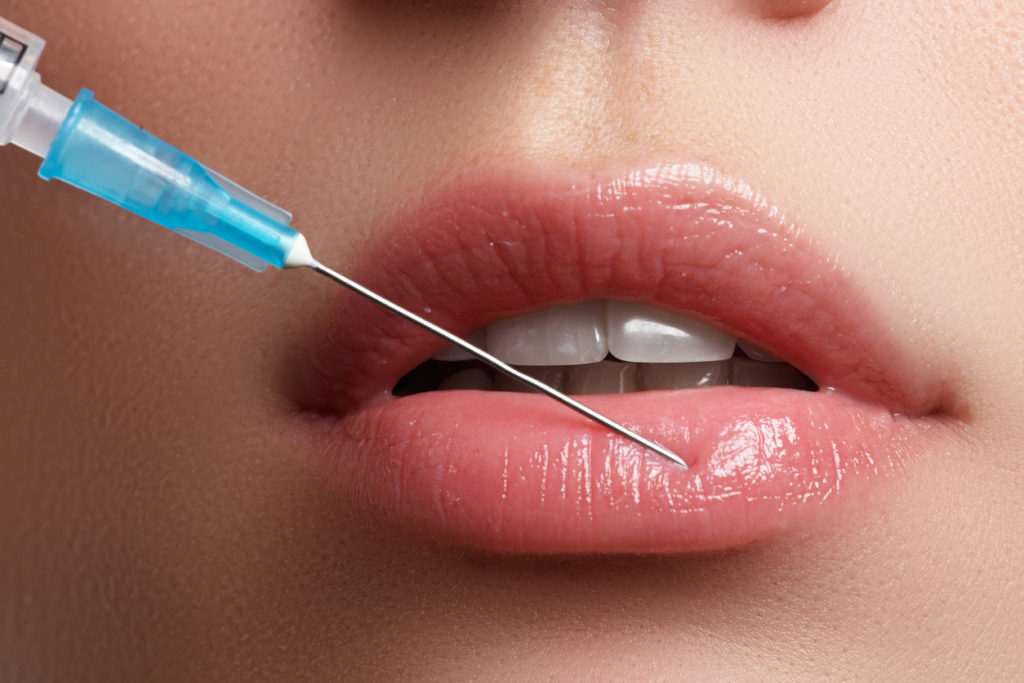In partnership with SA’s top medical aesthetic companies
Myth: Botulinum toxin is a toxin.
Truth: Not really.
The name is unfortunate. Had it been called anything else, there wouldn’t be so much controversy around it, and people wouldn’t be worried about “injecting poison” into their bodies.
Strictly speaking, botulinum toxin is a category name for the injectable substance used in Botox and Dysport. [This substance is, however, just a small component extracted from botulinum toxin, which is a complex, purified protein derived from bacteria found naturally in the environment, where it is largely inactive and non-toxic. After extraction, the substance is stabilised and sterilised, and put through rigorous testing before it can be used in the body.
For cosmetic medical use, only a minute amount is used, so it is not poisonous. It might only become problematic when used in very large amounts for medical purposes – far more than for cosmetic enhancement – and, in fact, this caution applies to most over-the-counter medications.
Myth: Botulinum toxin freezes your muscles.
Truth: It does not.
It works by temporarily deactivating the nerve that controls the muscle selected by the doctor. This blocks the signal to the muscle, so that it does not contract.
This is why it is critically important to visit a trained, specialised doctor who studies your face and decides where best to place the injection, and how much to inject for the best result.
Myth: People overdo their injectables.
Truth: Unfortunately, this is true.
It can happen to very high-profile people – like some of the Hollywood “disasters” we’ve seen. Getting a good result depends on a combination of two things:
- A good doctor who doesn’t over-inject. The result you want is a look that makes your friends wonder “did she or didn’t she?”
- Knowing when to stop. We can become a bit obsessive when we see the good results injectables have on our lines and frowns. Ideally, you shouldn’t want to look frozen (unless that’s your preference). A good doctor should advise you when to slow down.
Myth: There’s a social stigma about injectables.
Truth: This is changing
When they became available to us in the early nineties, injectables created a bit of a stir. Everyone was curious, but not that many would admit to using it. These days many people use injectables, and although some of them feel comfortable talking about it, not everyone does. It seems rather strange since we have no shame talking about dyeing our hair, wearing make-up or using a Wonderbra. How is this different?
Myth: Nothing much has changed since injectables came on the market.
Truth: It’s come a long way!
So much has changed:
- Through constant study and practice, injecting techniques have become much more sophisticated and accurate, with many more uses.
- The science behind injectables has evolved considerably.
- There are more brands available, including counterfeit or uncertified products, which is why it is important to ensure you use a legitimate product. Botox and Dysport are the only two registered brands in SA.
- There is more demand, which has led to more practitioners, making injectables more affordable and accessible. Be careful, though: cheaper is not always better. Make sure you choose a trained, qualified doctor who uses a legitimate product.
Myth: You can always tell when someone has had fillers.
Truth: you shouldn’t be able to, but you sometimes do.
It’s all about the skill of the injector and the training (which is why it’s so important to go to a doctor / aesthetic clinic with a good reputation). And a good doctor should tell you when you’ve reached the limit of what will allow you to look natural.
The ideal result is that no one should know you’ve had anything done when things have settled down. You should also stop taking medication that thins your blood (like aspirin) a week before the treatment, to avoid bruising.
Myth: Sun exposure will make your filler fade faster
Truth: True
It’s been proven that UV exposure from sunlight breaks down hyaluronic acid, which is what many of the most popular fillers such as CROMA-Pharma Princess, Juvederm and Restylane are made of. If you want your results to last, you should therefore avoid spending time in the sun, and wear a good quality sunscreen SPF 50+ daily, such as LaMelle Helase Photo-Repair Cream 50. Give your skin extra antioxidant protection with a good treatment such as SkinCeuticals CE Ferulic.
Myth: Threadlifts will give you the same result as having a facelift.
Truth: That’s not possible.
There are many options available for thread lifting, including Princess® LFL Lift using PDO (Polydioxanone) threads distributed by Tasosol (Pty) Ltd or Silhouette Soft ® distributed by Genop. A good result depends on your age and the quality of your skin. The best results are seen on people aged between 35 and 65, with relatively good skin tone and only a little sagging. If you have too much loose skin, surgery may be the correct option for you. The doctor will advise you when you have your consultation.
See how a thread is inserted:
Take the quick Beyond Beauty Survey and you could win a R2000 Skin Renewal voucher to spend in our online store, with free delivery within South Africa. T&Cs apply.
